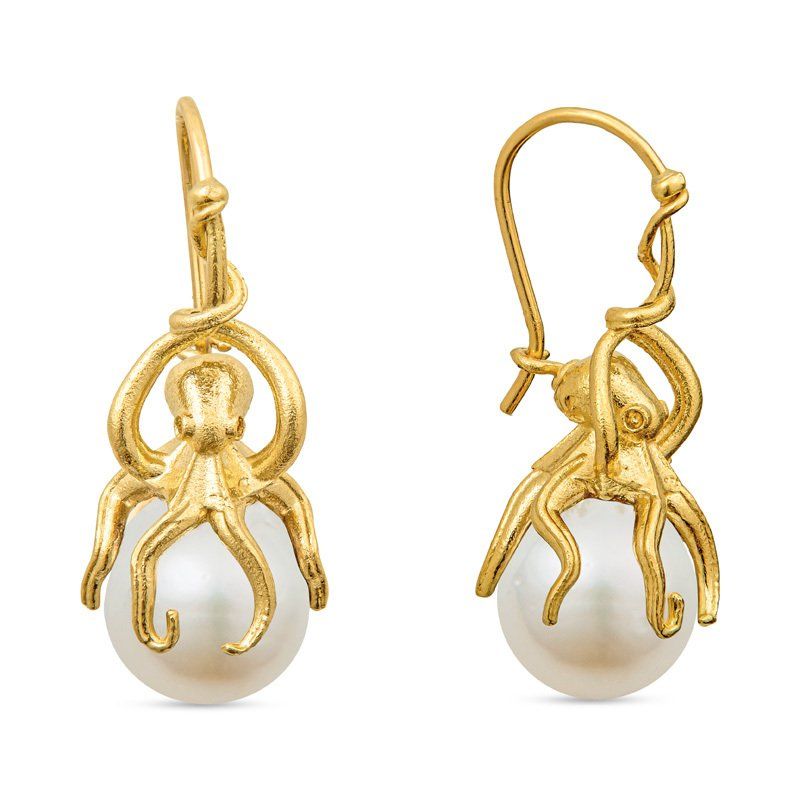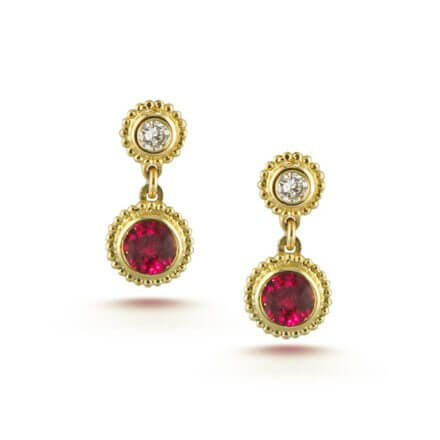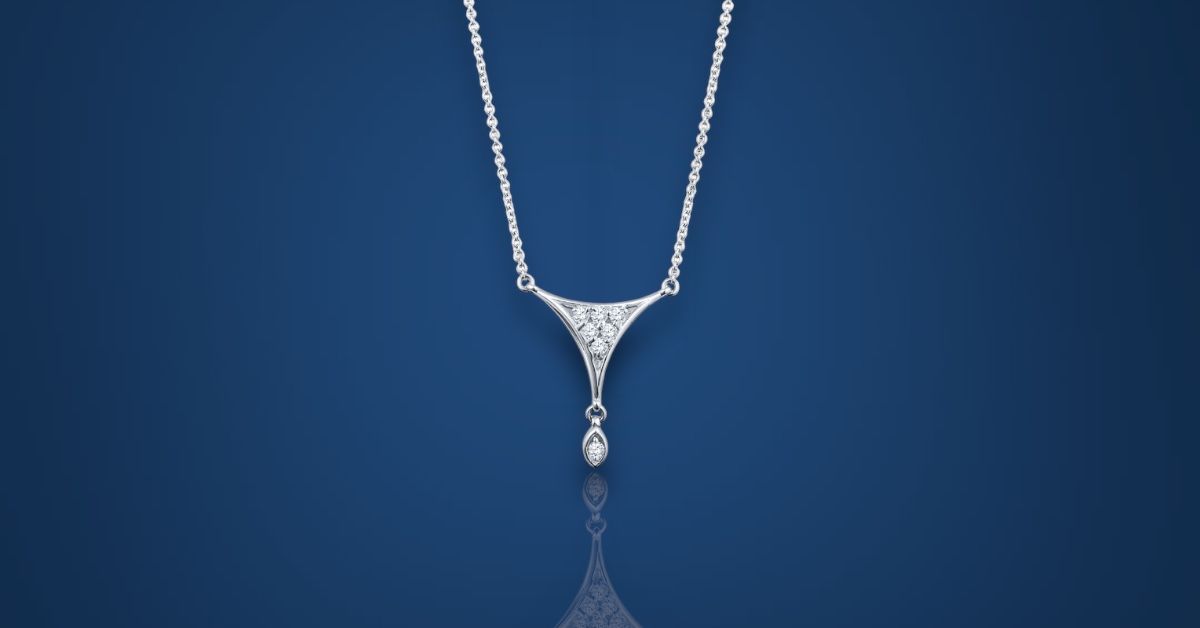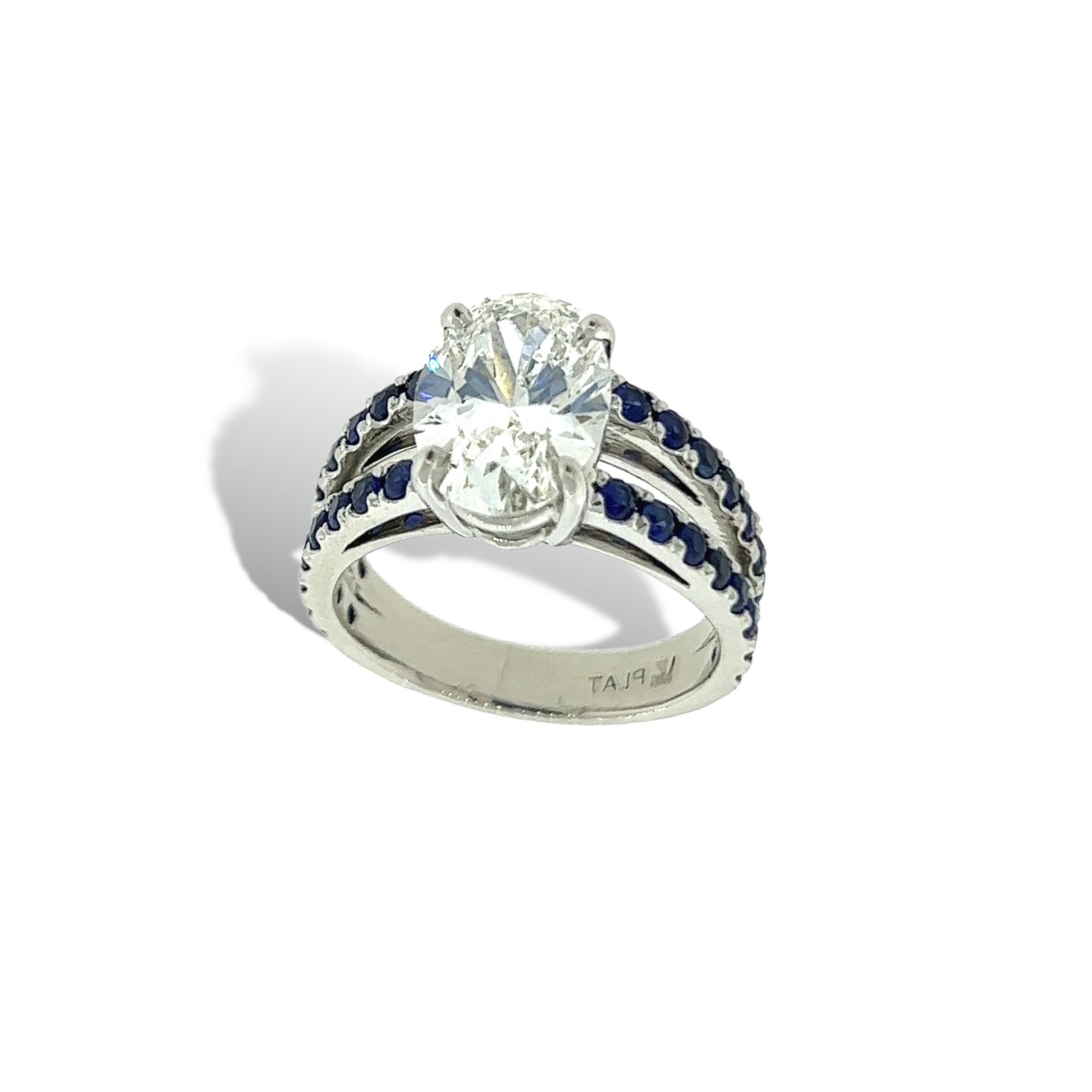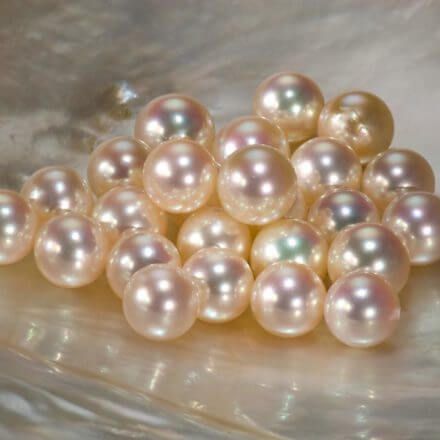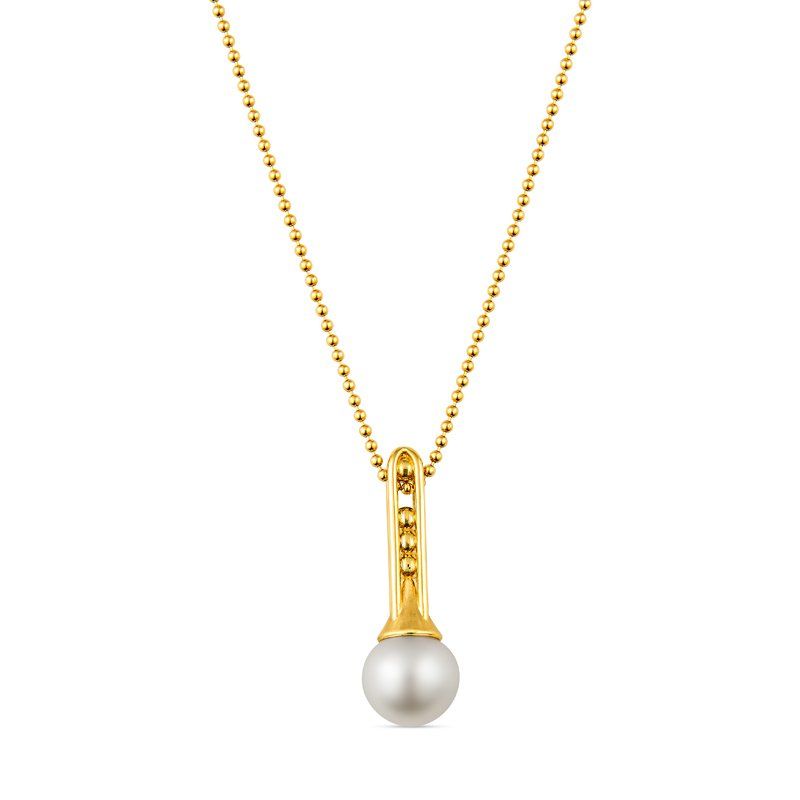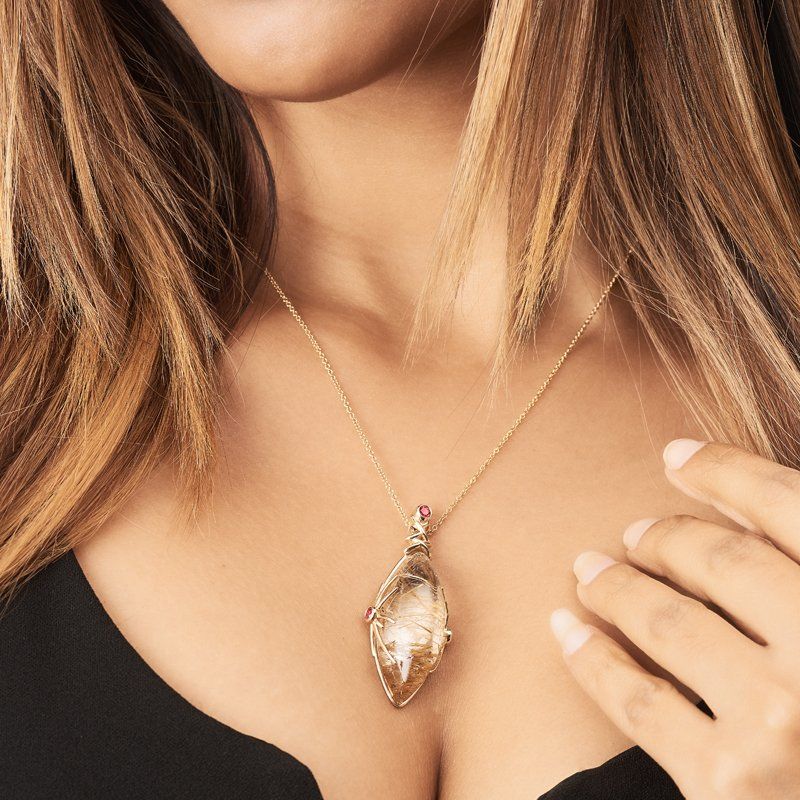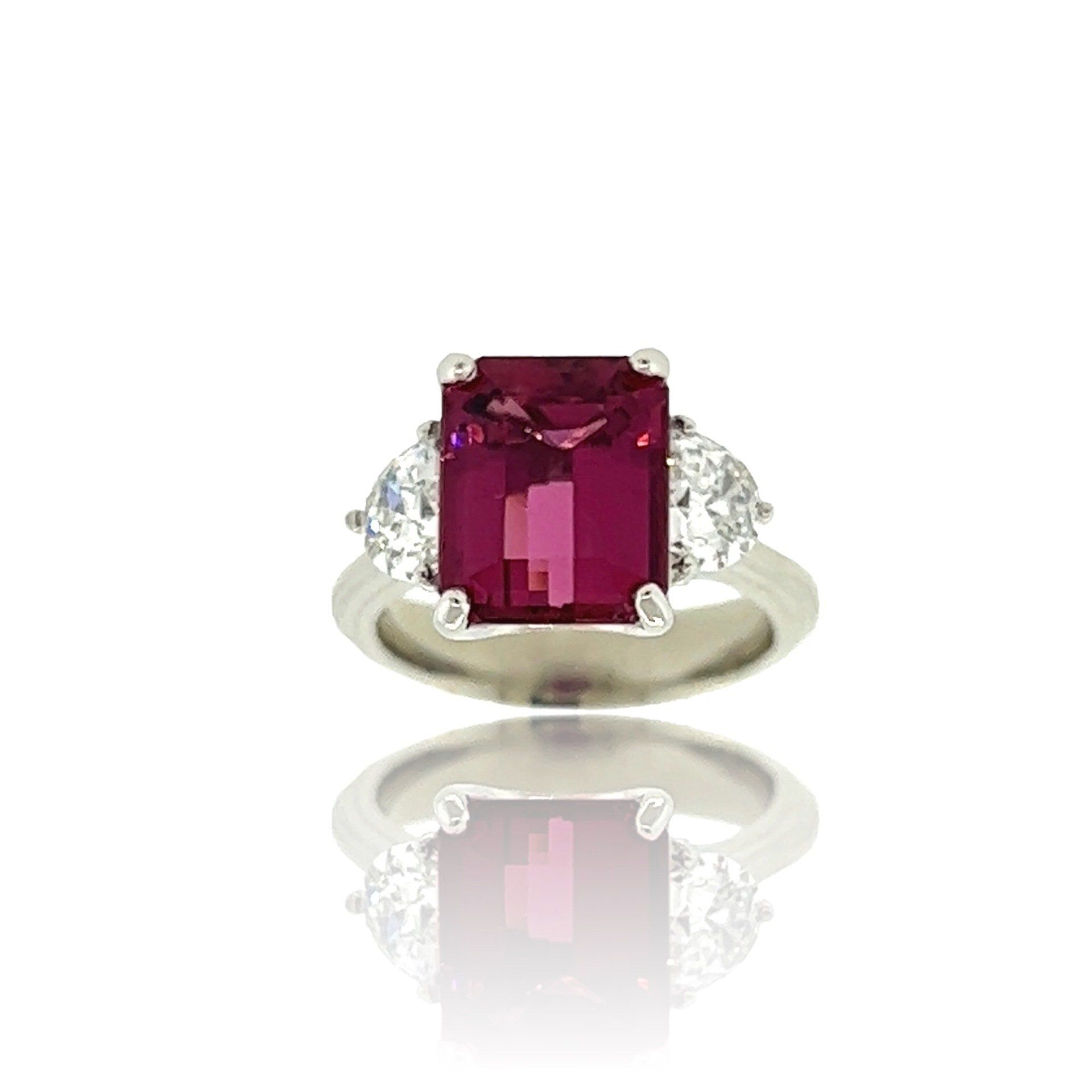KC’s Custom Jewelry Hand Made From Start to Finish
Many know us as the source for custom jewelry design in Kansas City.
But did you know Philip has been doing this since the seventies? Ten years were spent on the Plaza on 47th Street. Then in the 80’s, Voetsch & Co. moved to Wornall Road. There, Philip’s jewelry collections were created and sold to jewelers at the largest jewelry shows in America. VOETSCH designs have sold in high end department stores and over 100 independent retailers across the country.

Pencil drawings of custom amethyst and diamond pendants circa 1994
These are hand drawings with pencil (remember those?) and watercolors. Phil uses the sketch to communicate with clients and at his bench when hand-carving the wax model. Sometimes he makes multiple models, to get just the curve or angle he wants. Often the process leads him to another idea and direction for a different piece. His technique has changed a bit through the years. Although he still draws on paper, other images are created on his computer. Added technology executes precise measurements that makes his process very efficient.
Voetsch Classics
Some of the early designs still sell today at JBD and online such as The Reflection Collection. Philip was the first designer to use an interior reflection technique with fine gold jewelry. It began as a sculptural concept in the seventies, and has evolved over the years into new pieces. His work has inspired younger artists to explore this idea, as we now see the influence expanding across the country.
I will follow up with more posts from the history of Voetsch & Co. in the future. It’s enjoyable to look back and see how we got to where we are now.
The post KC’s Custom Jewelry Hand Made From Start to Finish appeared first on Official Jewelry By Design Website.
